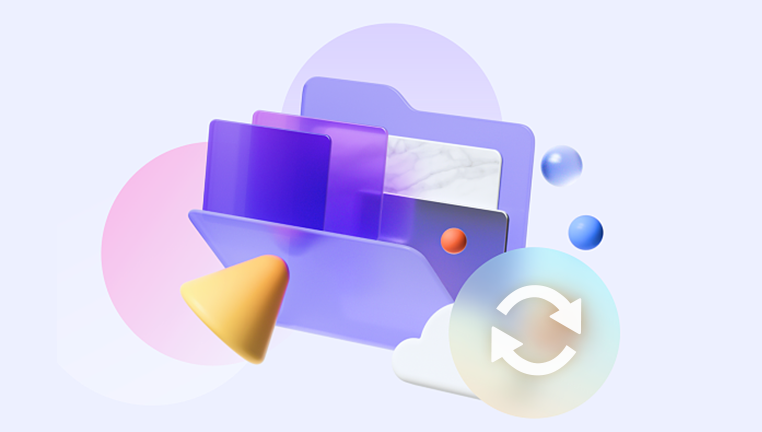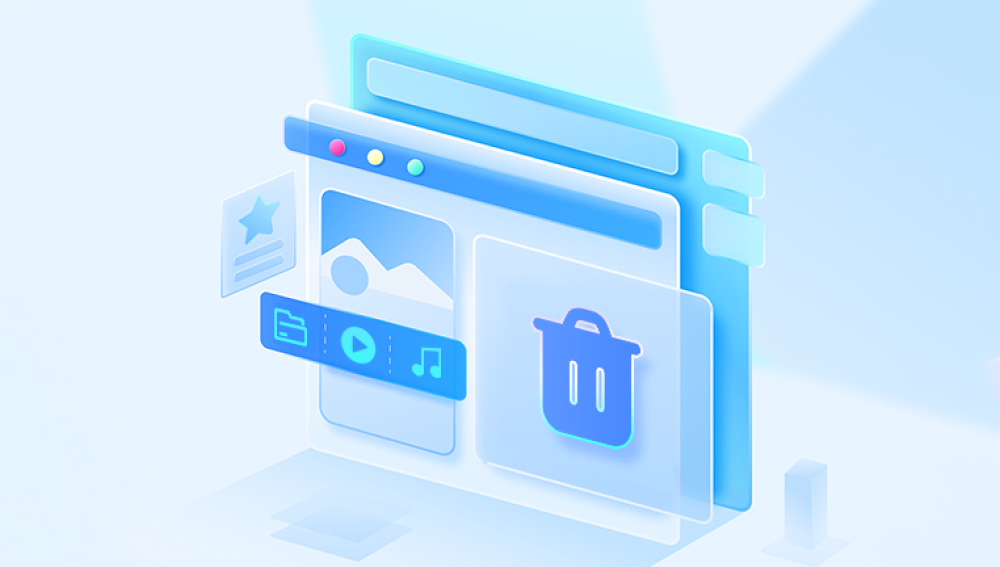Temporary files are created by operating systems, applications, and other programs to store data temporarily while performing tasks. These files are generally meant to be short-lived, but sometimes they persist longer than necessary, taking up valuable disk space and potentially slowing down your system. Removing temporary files is a crucial maintenance task that helps improve system performance and free up storage.
Temporary files are files created to hold data temporarily. They can include:
System Files: Created by the operating system for its own use.
Application Files: Generated by applications to store data temporarily.
Cache Files: Stored by web browsers and other software to speed up access to frequently used data.
Log Files: Created by programs to log events or errors.
Why Remove Temporary Files?
Free Up Disk Space: Temporary files can accumulate over time and consume valuable disk space.
Improve System Performance: Too many temporary files can slow down your computer as it has to sift through these files.
Reduce Errors: Removing temporary files can resolve errors or issues with applications and the operating system.

Protect Privacy: Some temporary files may contain sensitive information that you may want to remove for privacy reasons.
Methods to Remove Temporary Files
1. Windows Operating System
a. Using Disk Cleanup
Open Disk Cleanup Tool:
Press Windows + S and type “Disk Cleanup.”
Select the Disk Cleanup app from the search results.
Select Drive:
Choose the drive you want to clean (usually C: drive) and click OK.
Scan for Files:
The tool will calculate how much space you can free up.
Select Files to Delete:
Check the box next to “Temporary files” and other types of files you want to remove.
Click OK and then Delete Files to confirm.
b. Using Storage Sense
Open Settings:
Press Windows + I to open the Settings app.
Navigate to Storage:
Go to System > Storage.
Enable Storage Sense:
Turn on Storage Sense or click on Configure Storage Sense.
Set Preferences:
Configure how often Storage Sense runs and what it should clean up.
c. Manually Deleting Temporary Files
Open the Run Dialog:
Press Windows + R.
Access Temporary Files Folder:
Type %temp% and press Enter. This opens the Temp folder.
Delete Files:
Select all files (Ctrl + A) and delete them. Some files may not be deletable if they are in use.
Clear System Temp Files:
Type C:\Windows\Temp in the Run dialog and delete the files in this folder as well.
2. macOS Operating System
a. Using Built-In Tools
Open Finder:
Click on the Finder icon in your dock.
Navigate to Caches:
Press Cmd + Shift + G to open the “Go to Folder” dialog.
Type ~/Library/Caches and press Enter.
Delete Cache Files:
Select and delete files within this folder. Be cautious not to delete necessary files.
b. Using Terminal
Open Terminal:
Find Terminal in Applications > Utilities.
Remove Temporary Files:
Type sudo rm -rf /var/folders/* and press Enter.
Enter your password when prompted. This command removes temporary files, but use it with caution.
c. Using Third-Party Tools
Download a Cleaning App:
Consider using applications like CleanMyMac or OnyX.
Follow Instructions:
Install and run the app, then follow the prompts to clean temporary files and other junk.
3. Linux Operating System
a. Using Terminal Commands
Open Terminal:
Open Terminal from your application menu.
Clean Temporary Files:
Use the following commands:
sudo apt-get clean sudo apt-get autoclean sudo apt-get autoremove
apt-get clean removes cached package files.
apt-get autoclean removes old package files.
apt-get autoremove removes unnecessary packages.
Clear User Cache:
Type rm -rf ~/.cache/* and press Enter to clear user cache.
b. Using GUI Tools
Install a Cleaning Tool:
Applications like BleachBit can be used for cleaning temporary files.
Run the Application:
Open BleachBit and select the types of files you want to clean, then execute the cleaning process.
4. Web Browsers
a. Google Chrome
Open Chrome:
Click on the three vertical dots (menu) in the top-right corner.
Navigate to Clear Browsing Data:
Go to More tools > Clear browsing data.
Select Data to Clear:
Choose the time range and types of data (cache, cookies, etc.) to clear.
Clear Data:
Click Clear data.
b. Mozilla Firefox
Open Firefox:
Click on the three horizontal lines (menu) in the top-right corner.
Go to Settings:
Select Options or Preferences.
Navigate to Privacy & Security:
Click on Privacy & Security.
Clear Data:
Under Cookies and Site Data, click Clear Data.
c. Microsoft Edge
Open Edge:
Click on the three horizontal dots (menu) in the top-right corner.
Navigate to Privacy, Search, and Services:
Go to Settings > Privacy, search, and services.
Clear Browsing Data:
Under Clear browsing data, click Choose what to clear.
Select and Clear Data:
Choose the types of data and click Clear now.
5. Cleaning Up After Uninstalling Programs
When you uninstall a program, some files may remain on your system. To remove these:
Use the Uninstaller:
Many programs have their own uninstallers that can clean up leftover files.
Manually Delete Leftover Files:
Check the Program Files directory and AppData (for Windows) or Library (for macOS) for leftover files related to the uninstalled program.
Use a Third-Party Uninstaller:
Tools like Revo Uninstaller (Windows) or AppCleaner (macOS) can help remove leftover files.
Regularly removing temporary files is an essential part of computer maintenance. By following the methods outlined for different operating systems and applications, you can keep your system running smoothly, free up disk space, and enhance overall performance. Whether using built-in tools, third-party applications, or manual methods, maintaining a clean system helps ensure your computer remains efficient and responsive.




